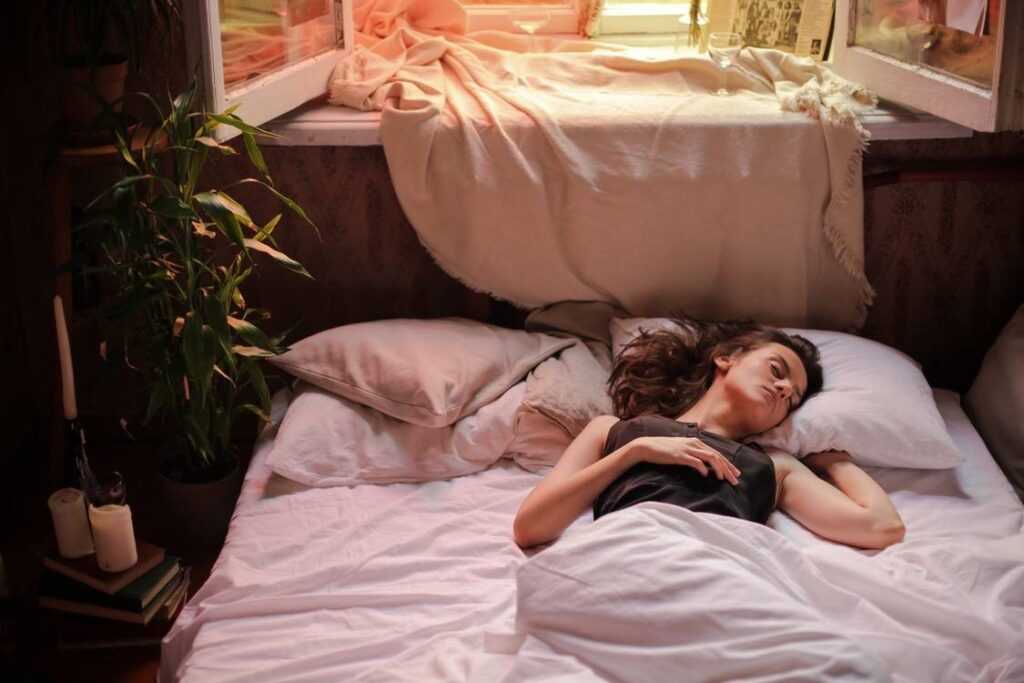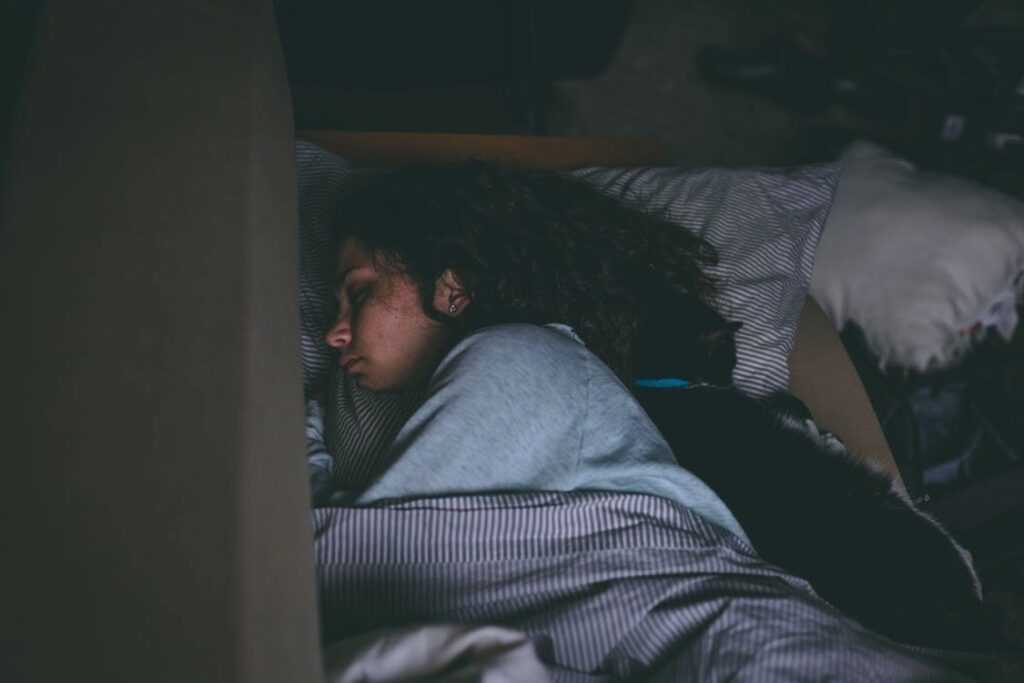There is much more to sleep than just the amount of time you spend sleeping. Sleep is a big science, and many factors affect your health and lifestyle when it comes to the relationship with sleep. Sleeping position is one of them.

The best sleeping position is the one in which you often sleep or find yourself, when you wake up in the morning. This means, that you find comfort in a particular position which gives you better restful sleep.
Now, we all have a default sleeping position, but sleeping in certain positions can surely effect your health in the long run, both for the better and worse.
Let’s discuss the multiple sleeping positions, their pros and cons:
- Sleeping on the Back (Savasana):

a. The Soldier Position – lying straight on the back (supine position, face up), arms by your side.
Pros: This is one of the best position if you have a neck or back pain issue. People suffering from acid reflux also find this position helpful, especially when the head is supported by a pillow. In this position, the head, neck and the entire body is aligned in one straight line, without any unusual curve.
Cons: people with snoring issue, should avoid this position, as it may obstruct the airways. It may also trigger sleep apnea, where you tend to break intermittently and wake up in between.
b. The Starfish Position – lying straight on the back (supine position, face up), with arms stretched out next to your head.
Pros: its similar to the Soldier Position, except the arms which are next to your head, instead of by the side.
Cons: similar to Soldier Position. Also, someone with shoulder issue may feel discomfort and pain in this position.
For e.g. people with neck pain may find their condition worsening when lying on the back for a prolonged period. On the other hand, some people with back pain, really find this position comforting. That’s why, experiment with yourself to see which position is comfortable for you.
For people with obstructive sleep apnea, sleeping on the back is probably the worse position, as the gravitational force, pulls the jaws and tongue backwards, in this position, which further narrows the breathing airway.
On the other hand, sleeping on the stomach (The Free Fall position) may even make it worse, as your nose and mouth are blocked by the pillow and there is a lot of pressure on the diaphragm, which may prevent the lungs from expanding fully.
However, not everyone considers this sleeping position to be bad. For people with no pain issues or acid reflux issues, sleeping on the back can be quite beneficial, as it helps keep the spine neutral. Make sure, the pillow you are using in this position is not too high, so that the spine alignment doesn’t get ruined. Place a pillow underneath your knees and keep your spine neutral. The pillow is important — it works to keep that curve in your lower back.
2. Sleeping on the Stomach

a. The Free-Fall Position – lying on the stomach (prone position, head down), with arms stretched up, next to the head.
Pros: may be a good position, post a heavy dinner. It prevents the acids in the stomach from travelling up and prevents acid reflux and heart burn. On the other hand, people with sleep apnea issue, may find this position better.
Cons: it is actually considered the worst sleeping position of all. In this position, the body is curved into an unnatural shape and neck is twisted to one side. This can cause neck pain and body ache. Also, because you are lying on your stomach, this puts an undue pressure on the lungs and can cause an obstruction in breathing.
But if you find yourself resting on your stomach, you don’t have to force another position. Instead, place a pillow under your pelvis and lower abdomen to relieve some of the pressure off your back. Depending on how this position feels, you may or may not choose to use a pillow under your head. People who have degenerative disc disease may benefit most from stomach sleeping with a pillow. It can relieve any stress that is placed on the space between your discs.
3. Sleeping on the Side

a. The Fetal Position – body curled up on either side, head tucked in, chin down, knees up.
Pros: it’s a very common position of sleeping for all sex and age groups, and is the best position for pregnant women, as it doesn’t obstruct the oxygen and nutrient rich blood from reaching the baby in the mother’s womb. It is also a very comfortable position for people with herniated disc.
Cons: if curled up too tight, it can damage the spine and back muscles and may obstruct proper breathing.
b. The Log Position – lying straight on one side, with arms straight by the side.
Pros: it’s a good position, for the spine and people with back pain, as the spine is straight and there is no unnatural curve. Pregnant women and people with snoring issue, find this position quite comfortable.
Cons: you need a pillow to support your neck in this position, as the neck may hang down by the side. A thin pillow may cause neck pain.
c. The Yearner Position – it is similar to the log position, where you sleep on either of the sides, but the arms are stretched out in the front.
Pros: similar to the Log Position, as the spine remains aligned and is quite comfortable position to sleep.
Cons: may cause shoulder pain, if you have a pre-existing issue.
Sleeping on the side is the preferred position of most adults. In a study, it was seen that, out of 363 men and 301 women studied, 54.1% spent maximum time sleeping in the side position, 37.5% in the back position, and 7.3% in the front position. Increasing age and BMI were associated with increased time in the side position and a proportional reduction in time in the back position.
Researcher Michael Tetley, grew up with tribal people and in 1953-4 commanded a platoon of African soldiers from nine tribes, who taught him to sleep on his side without a pillow so that he could listen out for danger with both ears. He organised over 14 expeditions all over the world to meet native peoples and studied their sleeping and resting postures. They all adopted similar postures and exhibited few musculoskeletal problems. He found that the most common position for sleeping “humans in the wild” is on the side “without a pillow.”
You may even try to sleep with a pillow in between your knees, if you find it relaxing. This is especially good for people with lower back pain.
A study, investigated the association between sleep position, age, gender, sleep quality and prevalence of waking cervical pain and stiffness, headache and aching between the scapulae and/or in the arm.
This study confirmed that the majority of subjects sleep in the side lying position and that this sleep position significantly protected against waking cervical, scapular and arm pain and significantly promoted high sleep quality ratings. Anecdotally, supine sleep position has been recommended for the prevention of cervical symptoms however, this study identified no advantage in adopting the supine sleep position in relation to the prevalence of waking symptoms. The adoption of an supine sleep position was significantly associated with increased prevalence of all waking symptom categories and low sleep quality.

For people with sleep apnoea and snoring issues, lying in the sides is the best position (Log, Yearner or Foetal position). Positioning yourself on your side or stomach can help the airways stay open to reduce snoring and alleviate mild apnoea.
Another study found that a change from the supine [back] to the lateral [side] body position increased the stability of the upper airways considerably.
On the other hand, sleeping on the back may be the worst position for people suffering from gastric reflux issues. For such people, sleeping on the side (Yearner, Log, Foetal position) is considered optimal.
If you suffer from heartburn, sleeping on your right side can make symptoms worse. That’s true for people who have gastroesophageal reflux disease (GERD) and for people who have heartburn for other reasons, such as pregnant women. Flip to your left side to cool the burn.
A study, hypothesized that sleeping left-side down with the head/torso elevated reduces recumbent gastroesophageal reflux (GER). Significantly less oesophageal acid exposure occurred during sleeping left-side down versus sleeping supine, right-side down, and prone position. Reflux episodes were significantly less during left side sleep than right side sleep. Thus, lying left-side down, it reduces recumbent oesophageal acid exposure.
On the other hand, sleeping on the left side may be an issue with some. As in this position, there is an additional pressure on the heart and kidneys. Though it’s not a major issue, but some people find an increase in urination in this position, during the night. Sleeping on the right side puts less pressure on the lungs and other organs.
Also, a very interesting study, which examined the association between sleeping positions, dream variables and sleep quality. Researchers found that nightmares were more common in left-side sleepers. The findings also suggested that positive emotions such as happiness, joy, excitement; hope; peace, restfulness; longing; relief, safety; and love were common among right-side sleepers. In addition, it was seen that right-side sleepers had better subjective sleep quality than left-side sleepers.
CONCLUSION
There is no one single best position for everyone or anyone. Find the best position suited for your needs.
Keep on altering the position, so that there is no continuous pressure on certain joints.
Also, if you are fine with a particular position and have no medical issues, then no need to change positions.




